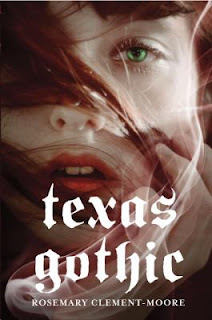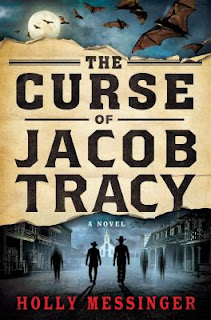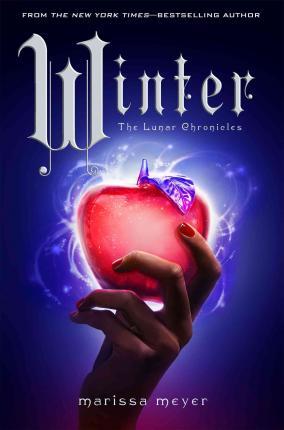Come As You Are by Emily Nagoski, 400 pages
"An essential exploration of why and how women's sexuality
works-based on groundbreaking research and brain science-that will radically
transform your sex life into one filled with confidence and
joy. Researchers have spent the last decade trying to develop a
"pink pill" for women to function like Viagra does for men. So where
is it? Well, for reasons this book makes crystal clear, that pill will never
exist-but as a result of the research that's gone into it, scientists in the
last few years have learned more about how women's sexuality works than we ever
thought possible, and Come as You Are explains it all. The first lesson
in this essential, transformative book by Dr. Emily Nagoski is that every woman
has her own unique sexuality, like a fingerprint, and that women vary more than
men in our anatomy, our sexual response mechanisms, and the way our bodies
respond to the sexual world. So we never need to judge ourselves based on
others' experiences. Because women vary, and that's normal. Second
lesson: sex happens in a context. And all the complications of everyday life
influence the context surrounding a woman's arousal, desire, and
orgasm. Cutting-edge research across multiple disciplines tells us
that the most important factor for women in creating and sustaining a
fulfilling sex life, is not what you do in bed or how you do it, but how you
feel about it . Which means that stress, mood, trust, and body image are not
peripheral factors in a woman's sexual wellbeing; they are central to it. Once
you understand these factors, and how to influence them, you can create for
yourself better sex and more profound pleasure than you ever thought
possible. And Emily Nagoski can prove it." Every woman
should read this book. So should every man that wants to understand
female sexuality better. I definitely recommend this book.


































